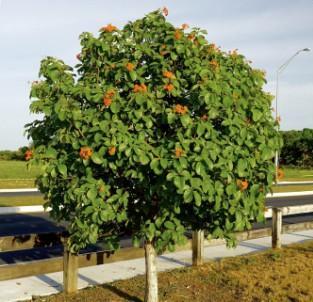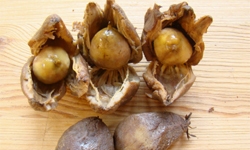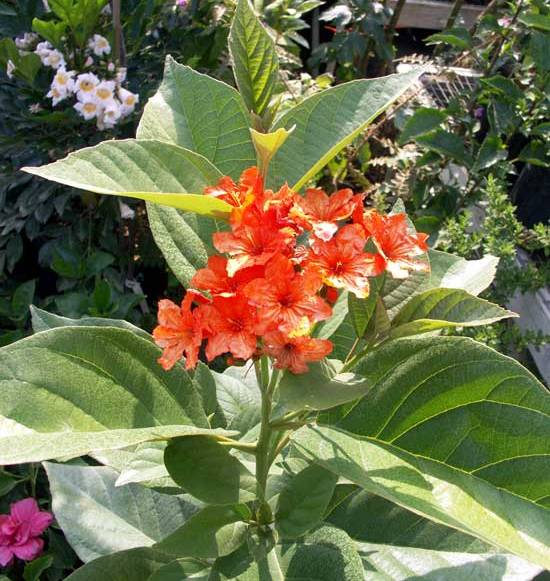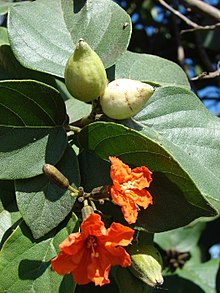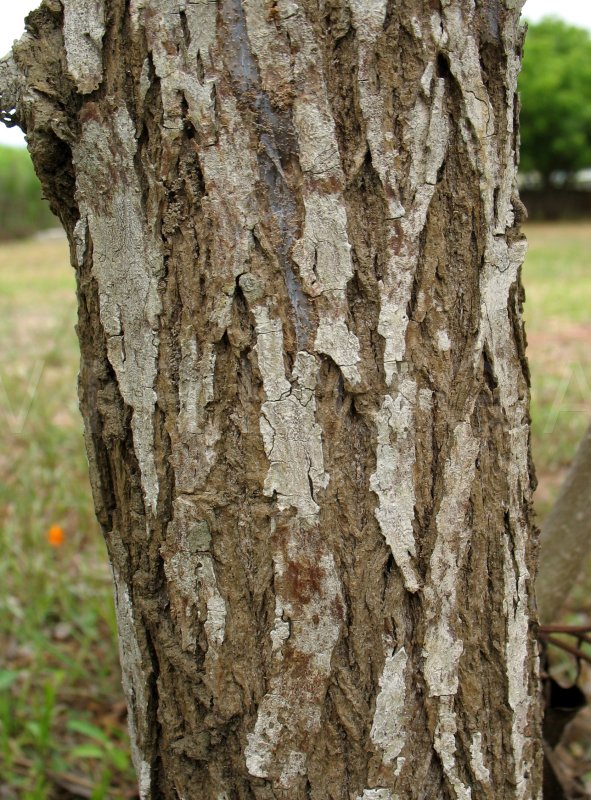Natural Regeneration :
- Naturally regenerated by seeds.
Artificial Regeneration :
- Artificial reproduction is common by Nursery raised seedlings.
Seed collection and Storage :
- Flowering and fruiting: March-May.
- Pods are then dried in the sun and broken to extract the seeds and stored in gunny bags.
Seed Treatment :
Hot water treatment in 24 hours.
Nursery Technique :
- Seeds can be sown in semi-shade, either in nursery beds or in individual containers. When fresh seed is used, a germination rate in excess of 80% usually occurs within 8 - 15 days.
- Seedlings should be placed in individual containers by the time they are 6 - 10cm tall, and are ready to plant out when 7 months old.
Plantation technique :
- Dig pits of 30 cm3.
- Fill up the pits with top soil mixed with 10 Kg of FYM and 1 Kg of Neem cake per pit.
- The seedlings are generally planted in pits having the size of 30x30x30 cm. The most common spacing adopted for plantation is 5m x 5m. On road sides, deeper pits of the size of 45 x 45 x 45 cm are preferred.
Care & Disease Control :
- In early stages weeding is necessary. In second year, soil working is important.
Major uses :
- Fruit is used in the treatment of fevers.
- leaves that are used like sandpaper for polishing surfaces.
- The bark brown heartwood is fine-textured, hard and heavy. It is used locally for carpentry.


